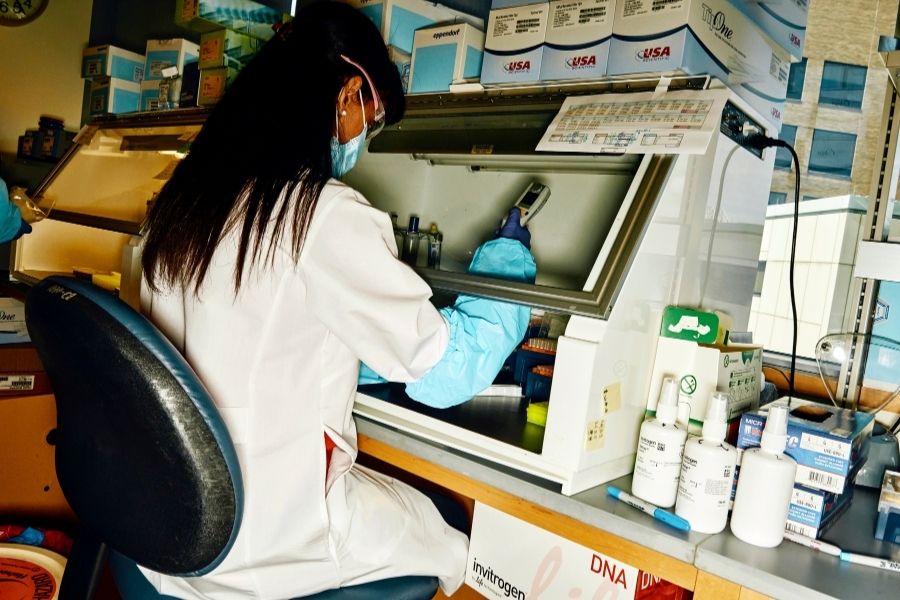
Johnson & Johnson's vaccine advances, sparking optimism in race
Unlike some of its competitors, Johnson & Johnson's vaccine does not need to be frozen and may require just one shot instead of two
 A laboratory researcher at the Center for Virology and Vaccine Research at Beth Israel Medical Center in New York on May 19, 2020. The center has been developing a coronavirus vaccine with Johnson & Johnson; Image: Tony Luong/The New York Times
A laboratory researcher at the Center for Virology and Vaccine Research at Beth Israel Medical Center in New York on May 19, 2020. The center has been developing a coronavirus vaccine with Johnson & Johnson; Image: Tony Luong/The New York Times
The feverish race for a coronavirus vaccine got an infusion of energy Wednesday as Johnson & Johnson announced that it has begun the final stage of its clinical trials, the fourth company to do so in the United States as the country hits a grim milestone of 200,000 deaths from the pandemic.
Johnson & Johnson is a couple of months behind the leaders, but its advanced vaccine trial will be by far the largest, enrolling 60,000 participants. The company said it could know by the end of this year if its vaccine works.
And its vaccine has potentially consequential advantages over some competitors. It uses a technology that has a long safety record in vaccines for other diseases. Its vaccine could require just one shot instead of two — important considering that the entire population of the world needs vaccination. And it does not have to be kept frozen as it is delivered to hospitals and other places where it will be given to patients, simplifying the logistics of hundreds of millions of doses.
“Big news,” President Donald Trump tweeted about the trial Wednesday morning. “@FDA must move quickly!” he added, referring to the Food and Drug Administration, which oversees vaccine approval.
The president has repeatedly claimed that a vaccine will be ready before Election Day on Nov. 3 and urged federal regulators to act quickly to approve one, raising fears that they will bow to the pressure and rush their vetting process. The federal government’s Operation Warp Speed program has invested more than $10 billion in private companies’ coronavirus vaccines to date, including about $1.5 billion to Johnson & Johnson to develop and manufacture its vaccine.
©2019 New York Times News Service




